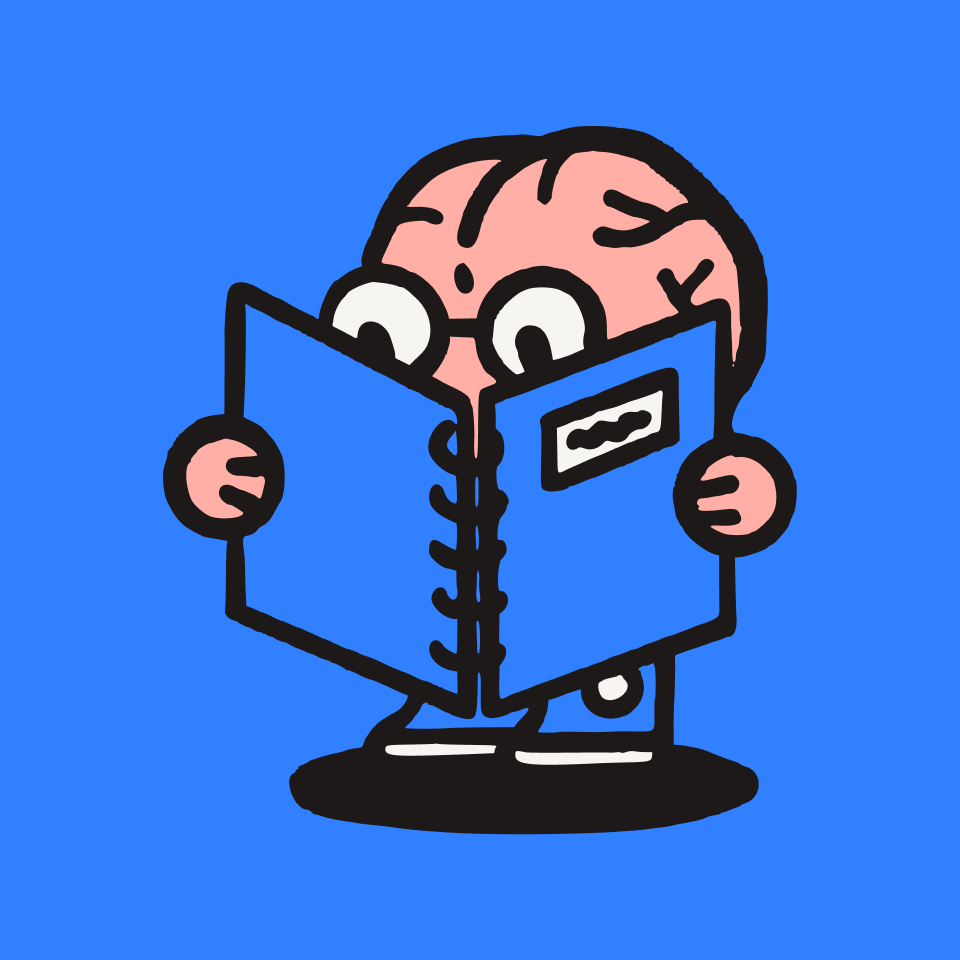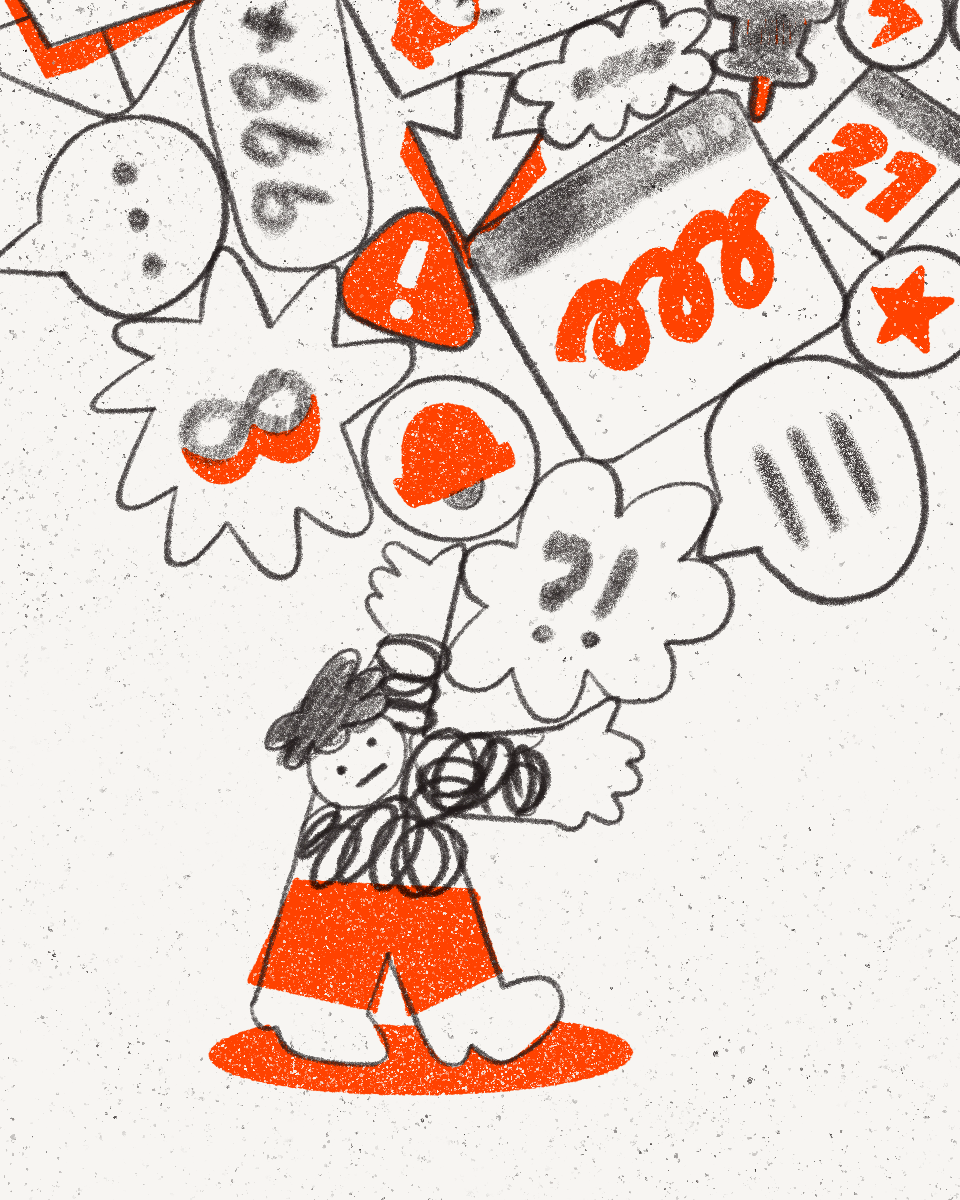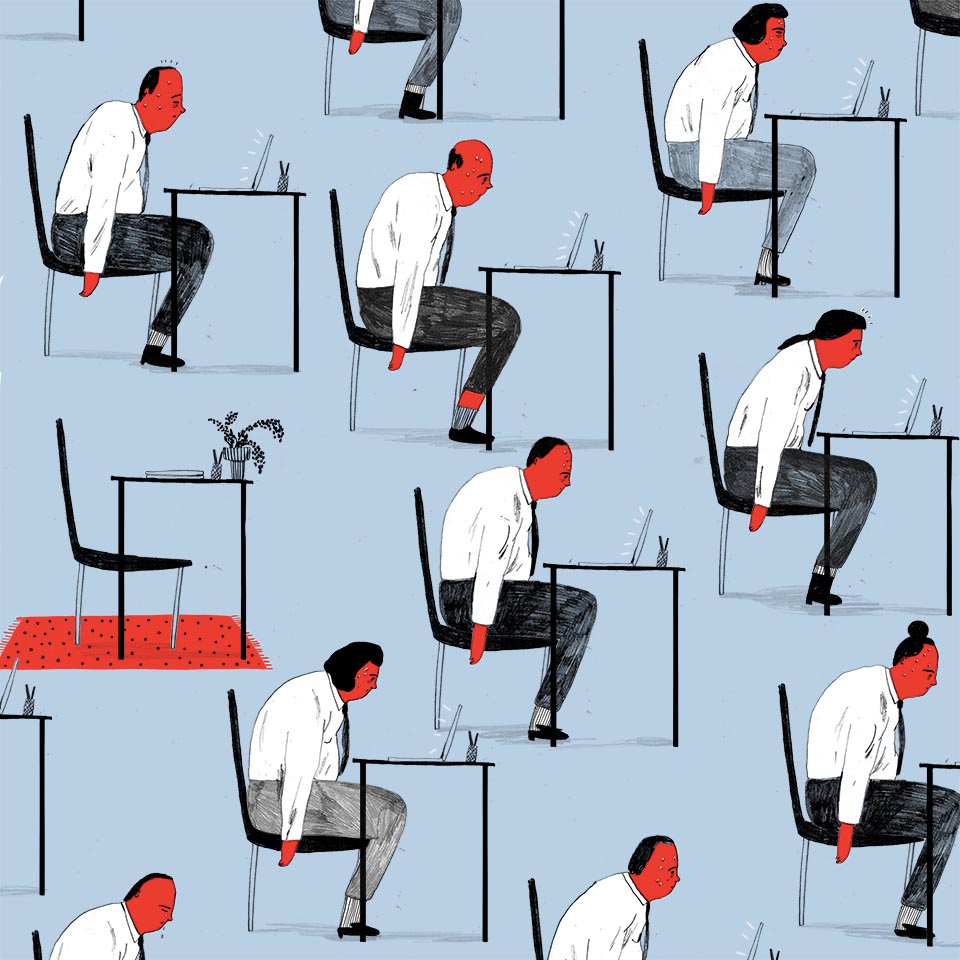
Your workday can feel like a symphony of alerts and pings, channels, and tabs. Like a climber edging along a precarious ledge, your brain struggles to keep its grip. Say it’s 2:17 p.m. on a Tuesday, and you’re searching for the right chat thread. Who was on it? Was it her and him, or maybe just her—or was it an email instead? You scroll. A ding. You pivot. Another ding. This one’s a meme. Better respond to be a team player. Wait… what were you doing again?
For many people, that’s the modern work afternoon: scattered, restless, and harder than it should be to get anything done. Conversations unfold in a dozen different places; work is spread across too many tools, and even when you’re moving fast, you feel behind. It’s tempting to blame willpower, but the culprit is often attention itself. Our brains simply aren’t wired to juggle so many competing demands.
This is just one of many problems explored by Dr. Tara Swart, an Oxford-educated neuroscientist and MD, in her new book The Signs. The book maps how the brain filters daily life—what it notices, what it ignores, and how instinct guides behavior. One of Swart’s most interesting points in the book: attention runs on fuel. Every time you switch tasks, your brain spends extra oxygen and glucose to refocus, leaving less energy for the work itself. “You don’t have an infinite supply during the day,” she says. In our interview, she shares strategies for keeping your hold on attention when the pings pile up.
How attention actually works
Swart starts with attention’s most basic job: sorting. In simple terms, your brain promotes some signals and downranks others. “We’re bombarded with so much data, so the brain has to filter,” Swart says. She breaks that filter into three parts: selective filtering, selective attention, and value tagging. Filtering removes background noise. Attention holds what matters. Value tagging ranks it.
Swart says the filter works better when you tell it what matters that day. “If you have [your goals and desires] raised in your awareness, your brain will notice opportunities that can lead you to those things,” she says.
If you treat your workstation like a dashboard—always monitoring, always waiting—you train the filter to chase every blip. Swart’s fix is to compartmentalize on purpose: silence notifications, step away from chat, and protect blocks of time for deep work. “In most jobs, nobody’s going to die if you don’t look at Slack for an hour,” she says. She also draws a hard line around focus time: “After lunchtime until 5 or 6 p.m., that’s work time only.” And for sticky tasks that tug at attention from the background, she advises tackling them first thing in the morning. The goal isn’t to eliminate pings, but to create windows where the filter can lock onto one thing long enough to get meaningful work done.
“If you have [your goals and desires] raised in your awareness, your brain will notice opportunities that can lead you to those things,” says Swart
The metabolic cost of switching
As we’ve mentioned, each multitasking jump forces the brain to refocus, burning oxygen and glucose before any progress happens. You sit down to write the first paragraph, but a chat bubble pops up about a different project, and now your brain has to rebuild the paragraph from zero. “The brain doesn’t like multitasking,” Swart says. The effect shows up fast as lower-quality output per task and, later, as fatigue.
For most people, focus comes in modest bursts. “Often, we can only really focus for 20 or 30 minutes at a time,” Swart notes, and then we need a short reset before the next block.
Capacity is trainable
Even so, capacity grows with practice, says Swart. While writing The Signs, Swart attempted to start with 90-minute writing blocks and found her span was shorter than she thought. “At first I could only do about 20 minutes,” she says. “Over the year I could do longer and longer… [up to] two hours in a row. Towards the end, I could do six-hour blocks. Essentially I’d retrained my brain to have a longer attention span for the task.”
Regular, protected focus time can stretch your effectiveness. Swart argues that teams that make room for it get better at it.
Space matters more than we think
Swart says the room itself can help attention hold steady. In the book, she points to lab and field studies showing that small “nature” cues lower stress and make it easier to stay with a task. She also notes that noisy, sterile settings are linked with measurable changes in brain structure over time.
That even applies to your desk. “Curved surfaces rather than sharp surfaces [can lower stress cues]; natural materials like wood do too, particularly cedar wood,” says Swart. On greenery, she says, “Plants make a difference, but fake ones don’t have the same effect.” Sound works too: “Birdsong is important… when humans hear birds singing they feel safe; it lowers blood pressure.”
Switching tasks is unavoidable; the trick is to buy a tiny reset before you pivot
Have to switch tasks? Hit reset first
Switching tasks is unavoidable; the trick is to buy a tiny reset before you pivot. If you’re not working from home and can’t take a quick spin around the block, “take the long way to the water filter,” Swart says. If you’re desk-bound, “Close your eyes. Just listen for two minutes.” Then widen your view: “Look at something close up for one minute, then something far away… It takes you from very narrow processing to a wider view,” says Swart.
Food norms change afternoons
What’s in the kitchen shows up in your focus later. “The difference between places where it’s all junk and places where there’s an emphasis on healthy foods has a really, really big impact on productivity.”
At MIT, the catering “broke” her. “There were cupcakes with icing as high as the cupcake,” she says. “I said I can’t be teaching the neuroscience of leadership when we’re feeding people this.” So she changed the menu. Healthier options can keep crashes away and attention steadier.
End the day on purpose
Finally, Swart recommends a ritual that signals work is done. She dims the lights in the evening and later puts on blue-light-blocking glasses. A clean stop protects your sleep and gives you a better shot at real focus tomorrow. In the short term, you’re likely to find deep focus in the morning. In the long term, you have a better chance at hitting the big goals instead of drowning in alerts.
 Dropbox Dash: The AI teammate that understands your work
Dropbox Dash: The AI teammate that understands your work




